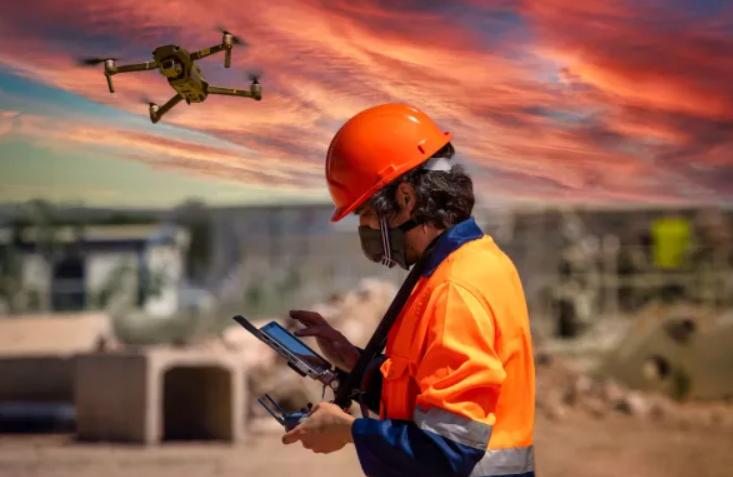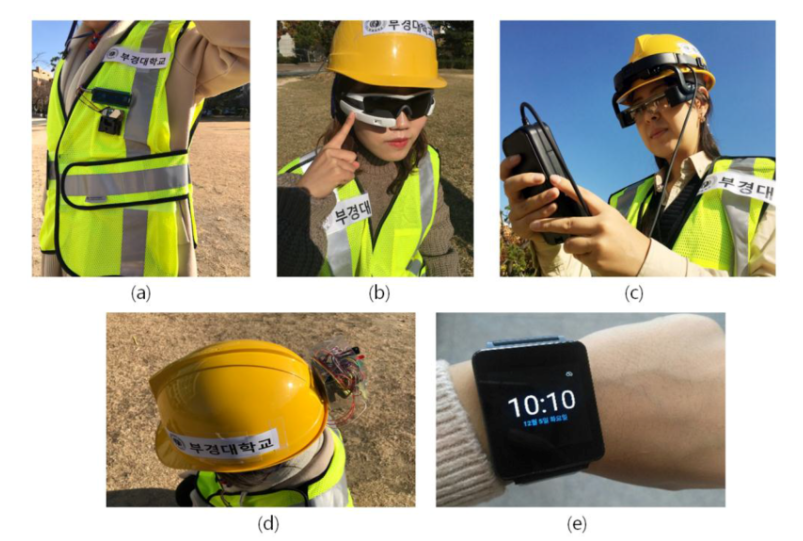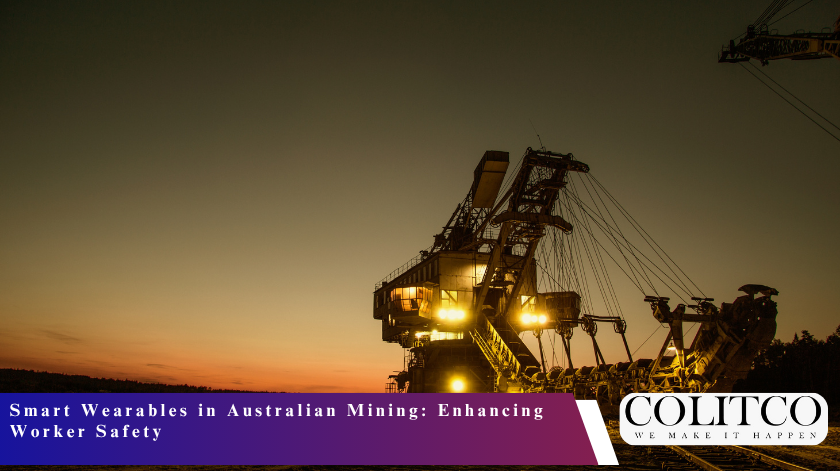Smart Wearables are being adopted with increasing fervour in Australia, mainly for safety in mining. The devices track vital signs, monitor fatigue, and provide real-time location tracking. With this, mining operations hope to follow apt accident prevention methods, thus enhancing safety standards overall. Contrary to being a choice anymore, wearable devices have already become a necessary tool for high-risk mining environments.

Smart Wearables Rapidly Adopted in Australia to Boost Mining Safety
How Do Smart Wearables Improve Safety?
Health conditions and environmental data are monitored by smart wearables that track data to ensure the safety of the worker. They monitor heart rate, body temperature, and fatigue level, among others, to identify working risks before they occur.
Once detected, supervisors receive instant alerts when the worker’s vital signs fall beyond any determined safe range. This way, it permits the mining industries to go ahead and mitigate the hazards before occurrences are registered; thus, it can help lessen work injuries and deaths. Real-time health monitoring guarantees that workers get assistance immediately when in danger.
What Are the Key Features of Mining Wearables?
Modern mining wearables are equipped with advanced features to ensure worker safety. They track vital signs continuously, so supervisors can identify early signs of stress or fatigue. The devices detect drowsiness and warn the workers to take a break.
Location tracking ensures staff remain safe in hazardous areas, while environmental sensing detects toxic gases or minor changes in temperature. An emergency alert is promptly sent, enabling faster response. Therefore, these features combine to establish a protective safety network encompassing the entire mining site.
What Are the Benefits of Implementing Wearables?
The use of smart wearables offers multifold advantages to mining operations. Continuous monitoring improves worker safety by detecting health problems early. Such alerting decreases accidents and injuries from occurring in the first place, while it gathers information about safety level compliance.
There are huge cost-saving opportunities for companies since preventable health cases mean less downtime and medical bills. To protect the employees, the wearables work, but to ease operational issues, they also provide insights from real-time data.

Smart Wearables Enhance Mining Safety Through Continuous Health Monitoring
Are There Any Challenges in Adoption?
In addition to their benefits, wearable technologies are confronted with various challenges. At times, the initial cost of devices as well as the cost of integration is time-varying and can prove to be a deterrent to smaller businesses. The realisation of constant monitoring gives rise to privacy issues, with such data generally being anonymised to preserve safety.
Employees should also be trained properly to understand and use the wearables efficiently. Integrating these devices with current systems can get complicated and actually require an IT support team as well as the health and safety team. These issues, once carefully resolved, would lead to successful implementation by mining companies.
Conclusion: The Future of Mining Safety
In Australia, the applications of smart wearables in mining safety are growing rapidly. Real-time data and alerts come from these wearable devices and allow mining stakeholders to take measures to protect the workers in an active mode.
Technology is evolving, and in the future, wearables are expected to become much seamless and spread all across mining sites. The world is safe to look forward to future mining operations, which would be much safer, efficient, and compliant, through the investment made by companies in IoT devices and wearable tech.
Also Read: Water Management Innovations in Australian Mining: Sustainable Practices
FAQs
- What types of smart wearables are used in mining?
Common devices in this category are smart helmets, wristbands, and sensor-carrying vests for health, safety, and risk monitoring.
- How do wearables detect fatigue in workers?
Wearables monitor eye movement, alertness, and physiological conditions for the initial signs of fatigue.
- Can wearables help in emergencies?
Yes, some wearables will give a panic button alert to supervisors.
- Are there privacy concerns with using wearables?
Those concerns do exist because of continuous monitoring, but the data collected is anonymised and only used for safety.
- How do wearables help comply with safety regulations?
Through real-time monitoring and alerts, wearables assist companies in compliance with legal and safety requirements.
- What is the cost of implementing wearable technology in mining?
Initial implementation costs are high, but it is possible to offset them against realised safety benefits.
- How is data from wearables used to improve safety?
Analysis is done on such data to reveal trends and risks in order to take action beforehand to avoid collisions.












